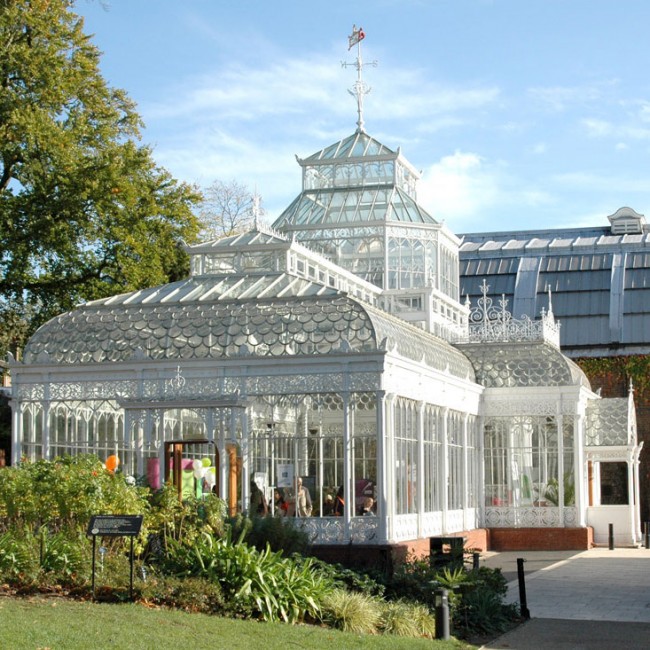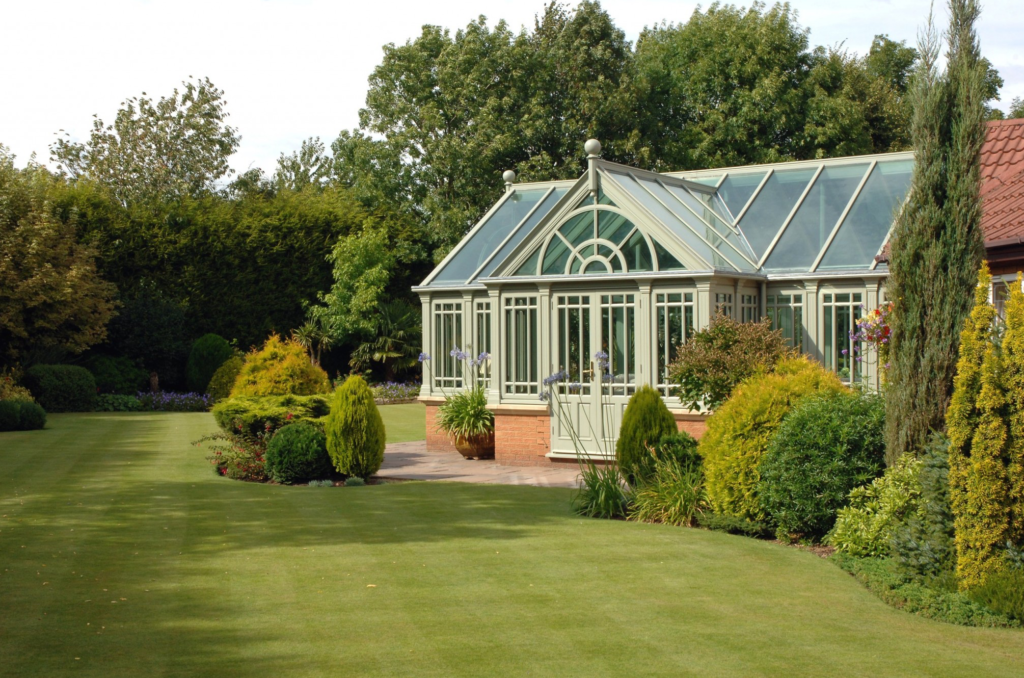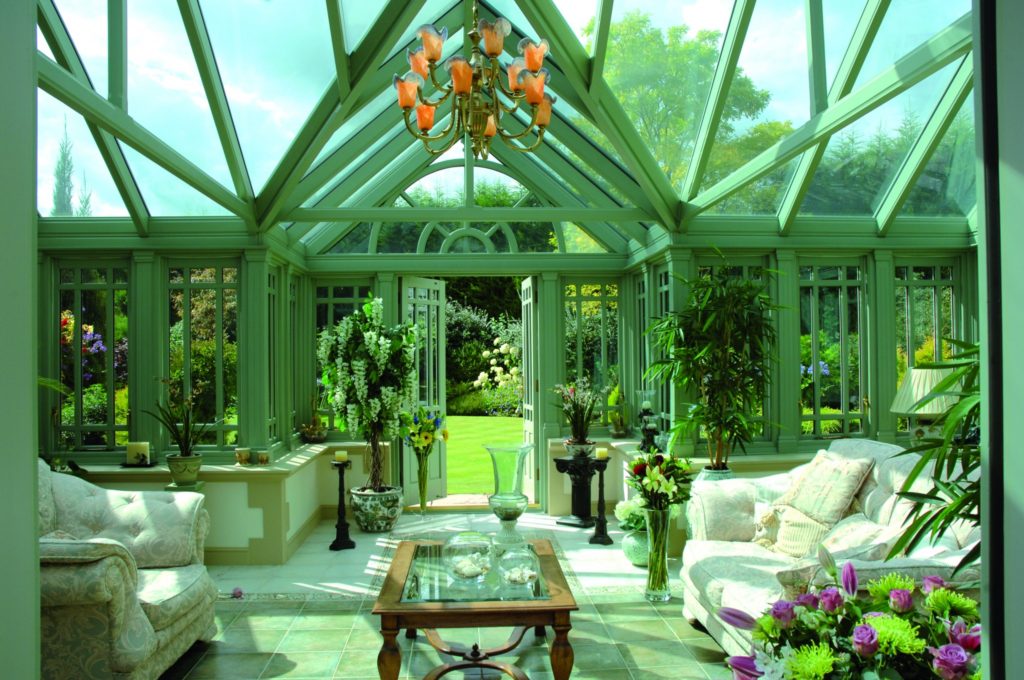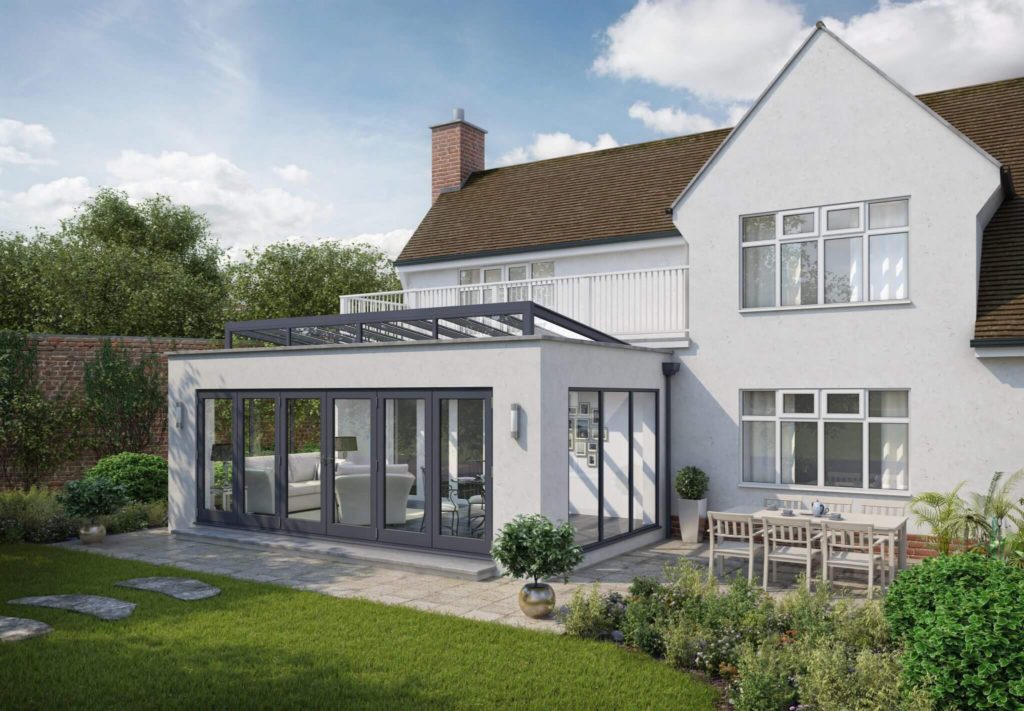CONSERVATORIES
Conservatories date back to a bygone era, the Victorians first began constructing them as additions to their homes, perhaps for the light space they introduced to the typically dark homes of the period.
The conservatory became very popular for the more affluent home owner for growing indoor plants, as by then advances in heating options and glass improvements made the building of these structures for relaxation and plants a more usable space.
Victorian Conservatories
On the right is a beautiful and skillfully designed example of an early conservatory built for the Horniman Museum and Gardens in Forest Hill London. It was commissioned in 1898 and opened in 1901 and was designed by Charles Harrison Townsend.
There are many still many conservatory companies around today and it would seriously test their design skills to recreate a structure such as this, and as to what the final price might be, it would likely be astronomical. This designer was clearly very talented, as were the installers, it is a magnificent example of an early conservatory.

THE MODERN ERA OF CONSERVATORIES
There have been many changes in conservatory design, technology and materials since ‘modern’ conservatories started to become popular.
In the late 1970’s and early 1980’s the conservatory was a relatively inexpensive purchase as they were usually made from thin aluminium and were no more than a converted greenhouse. There were of course structures made from wood and glass too, which back then required regular and time consuming maintenance.
Later in the late 80s we saw the expansion of the double-glazed PVCu conservatory industry, using extruded plastics and could be priced to suit most budgets. The design options were generally very limited and often quite flimsy by comparison.
As time passed into the 1990’s conservatory design and technology became far more adventurous and we saw improved designs in both timber and PVCu.
Structures started to become less of an ‘add on’ to the house and more an integral part of the home.
If you’d like to find out more about how a conservatory can enhance your home, please contact us for advice.
TODAY’S CONSERVATORY DESIGNS
Today you have a far greater choice of materials, designs and configurations to build your conservatory. PVCu is still the number one conservatory choice for the majority of buyers, mainly due to the advantages of price. The production of extruded plastics in it’s various forms is fast and relatively cheap by comparison as is the construction.
Hardwood and aluminium conservatories are now extremely popular for the more discerning buyer who’s home lends itself to a more permanent looking, integral addition. It is our opinion that building a conservatory in timber or aluminium is much more likely to add value to your home and give you a better return on your investment.
MORE GLASS
Conservatories have more glass in the roof than orangeries, and over the years the glass industry has made major advancements in glass technology. With Solar control, UV protection and insulating glass being easily available in double and triple glazed units, today’s glazing makes conservatories usable all year round.
With the advances in glass and design technology, home buyers are using conservatories to add extra space for a new dining room, play room or just that extra space to enjoy the garden throughout the seasons.
To the right is an example of one of our timber conservatory structures which was built in the mid 1990’s and looks as appealing and beautiful today as it did then.
For a more traditional design choice you cannot beat using timber as you can see from this interior image of the building, it makes for a lovely, relaxing room.



For the lovers of clean lines and contemporary design aluminium is often the material of choice. It generally fits well for conservatories with a minimalist look sought after by many.
To the left is an example of a very modern addition to a home which melds the designs of both glazed a masonry orangery and a conservatory. There’s a lot of light in the room and the bi-folding doors allow for the garden and the room to become almost one.
